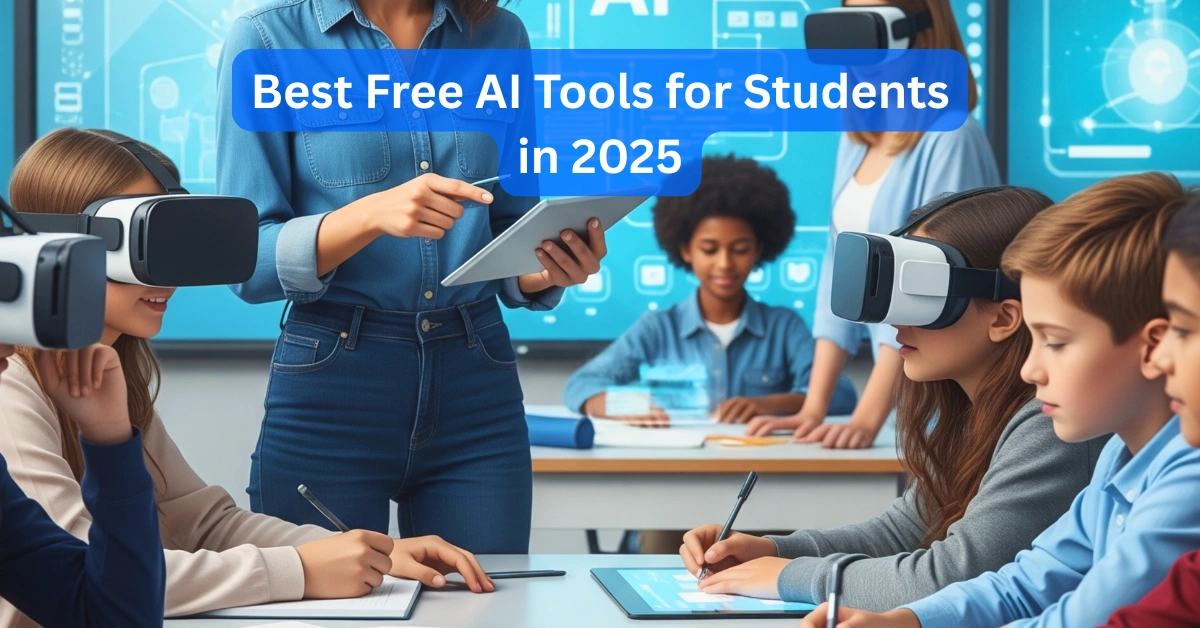Problem-Solving in Artificial Intelligence: How AI Tackles Complex Problems?

The digital landscape revolves around several complex problems, and artificial intelligence acts as the ultimate problem solver. From diagnosing disease to giving self-driving cars, AI systems are tackling challenges that were once considered impossible without manual intervention.
But here comes a question that looms large: how exactly does AI solve problems? What techniques are behind the machines that make decisions, identify patterns, and change with the dynamic environment?
In this article, we will learn the answer to every rising question and break down how AI replicates human capabilities to solve both simple and complex problems. Additionally, we will also cover what problem-solving agents are, the type of problems they solve, and some real-world applications.
What is Problem-Solving in Artificial Intelligence?
Problem-solving in Artificial Intelligence (AI) refers to a goal-oriented process where intelligent agents use relevant data, logic, and reasoning to find possible solutions for complex challenges. In short, it aims to replicate human reasoning and cognitive abilities by breaking down issues into smaller components and using algorithms to predict possible outcomes and arrive at the desired results.
Moreover, in AI, problem-solving is crucial to allow machines to work autonomously, make decisions, and adapt to changing conditions. For instance, you might have seen chatbots. They work by interpreting your queries and giving answers according to them.
Moreover, the autonomous drone itself navigates unknown terrain. All these are done by problem-solving that allows the AI system to act intelligently, efficiently, and accurately. Whether it is through smart search algorithms, machine learning models, or natural language processing, AI problem-solving capabilities are transforming different industries dynamically without any time complexity.
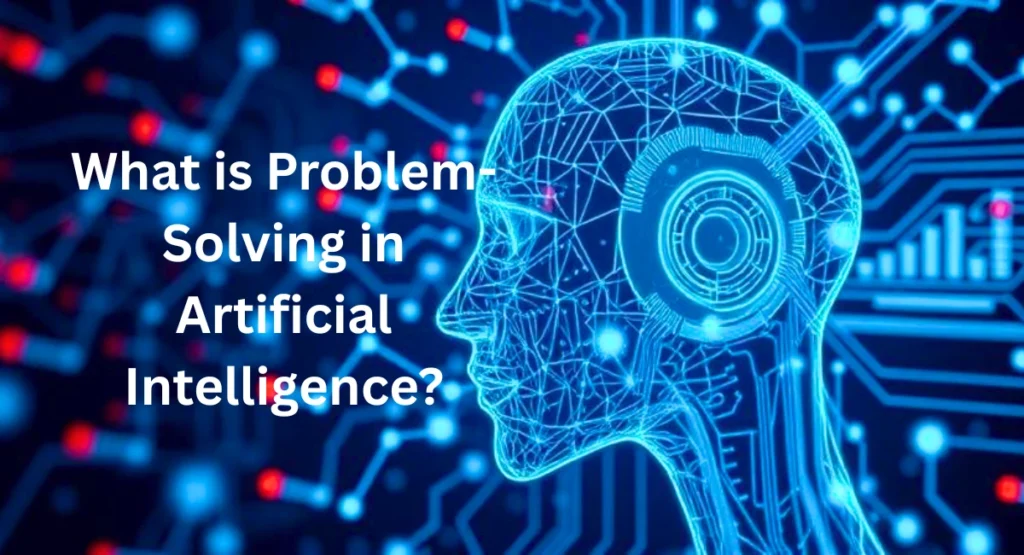
Understanding Problem-Solving Agents
Problem-solving agents are basically an AI system that is designed to analyze particular situations and implement various techniques to achieve the specified goal. For example, these agents use machine learning algorithms, such as deep learning and neural networks, to analyze patterns and give optimal solutions.
Well, these solutions are crucial in problem identification and solving complex problems such as predictive maintenance, medical image analysis, and natural language processing. Additionally, they are also used to streamline processes, cutting down cost and time, and enhancing decision-making.
Key components of problem-solving agents include:
- Initial State: The entry point of an agent.
- Actions: Potential moves or decisions the agent can make.
- Goal test: A technique to check if the desired result has been reached.
- Path cost: A measure of cost linked with previous stages to reaching the goal.
Types of AI Problems
AI problems can be classified into different types based on structure and recoverability:
- Well-structured problems are those with clearly defined initial and goal states, restrictions, and solution ways. For example, playing chess, solving logical puzzles, or route finding.
- Ill-structured problems are problems that are complex and vague without any clear constraints. These include open-ended tasks like generating human-like conversations.
- Recoverable are those problems where solutions can be adjusted or errors rectified. For example, rerouting during navigation.
- Irrecoverable are those problems where, if an error occurs, the process cannot be reversed. E.g., failed medical diagnosis based on inaccurate imaging analysis.
Core AI Techniques for Problem-Solving
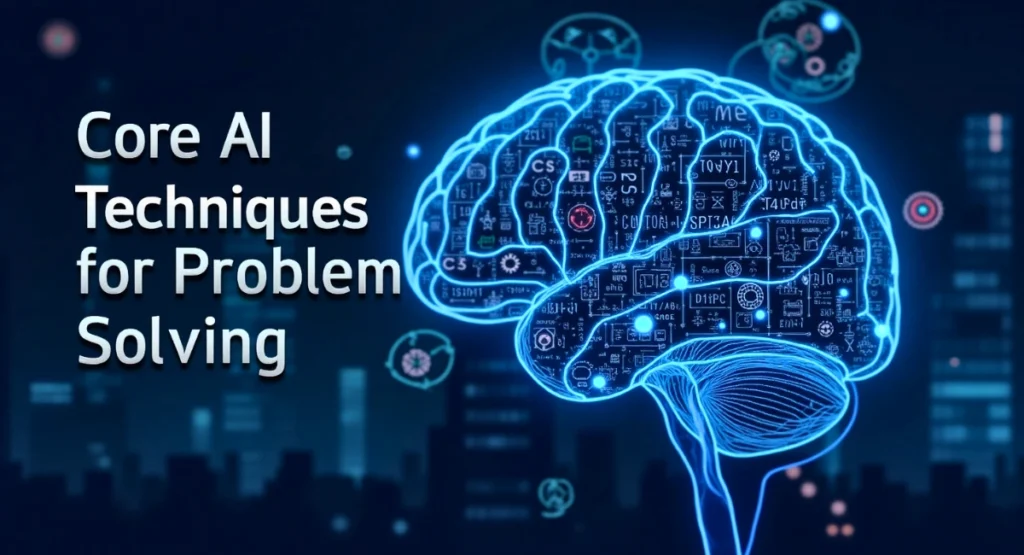
Here are some core AI techniques that are widely used in AI problem-solving:
Technique | Description | Common Use Cases |
Search Algorithms (Informed Search and Uninformed Search) | Discover potential stats to find solutions. Includes BFS, DFS, A*, and heuristic search and knowledge representation | Route finding, optimization |
Constraint Satisfaction Problems (CSP) | Solve problems by fulfilling predefined constraints | Scheduling, resource allocation |
Optimization Algorithms | Discover the most efficient and cost-effective solution among various options | Financial planning, logistics |
Machine Learning | Learn patterns from available data to make predictions or decisions | Diagnostic, anomaly detection |
Natural Language Processing (NLP) | Understand and generate a response in human language | Chatbots, sentiment analysis |
Real World Examples of AI Problem Solving
Various problem-solving techniques are shaping different industries by giving cutting-edge solutions. Gone are the days when we used traditional methods in the early days of computer science. Let’s explore the real-world examples of problem-solving in artificial intelligence:

Healthcare: AI for Diagnosis and Predictive Analytics
AI in Healthcare is solving complex problems like disease diagnosis, personalized treatment plans, and more. With AI tools, medical professionals can now analyze medical images, patient data and historical records to diagnose disease early and accurately.
Moreover, machine learning models can forecast outcomes such as disease growth, implementing preventive measures, and personalised treatment plans before time.
Customer Service: Intelligent Virtual Assistants
AI algorithms tackle customer service problems efficiently. The trend of AI-powered chatbots and virtual assistants is at the top. It means that with this, you can improve customer service by automating responses, comprehending natural language, and offering real-time and feasible solutions.
This cuts down wait times and enhances customer efficiency while saving operational costs.
Transportation: Smart Traffic and Route Optimization
Problem-solving in artificial intelligence plays a pivotal role in the transportation industry. AI aids in managing traffic flow, anticipating congestion, and optimizing delivery paths in real-time.
From smart city planning to driving autonomous vehicles, AI enhances efficiency and safety.
Finance: Fraud Detection and Risk Management
Artificial intelligence in finance is used to detect abnormal patterns to spot fraudulent transactions and identify credit or risk analysis.
Moreover, it also helps in quick decision-making while adhering to compliance and changing regulations.
Retail: Personalized Suggestions and Inventory Management
AI assesses customer behaviour and gives personalized product recommendations while also forecasting demand trends.
Moreover, it also streamlines inventory management, limiting overstock and understock.
Education: Adaptive Learning and Intelligent Tutoring
AI-based learning platforms give individuals customized learning materials and paths based on their performance and learning speed. Moreover, virtual tutors offer personalized feedback and support, assisting learning grasp complex concepts at their own speed.
Challenges in AI Problem-Solving
While AI efficiently solves simple and complex problems, it also poses several challenges that need to be addressed properly:
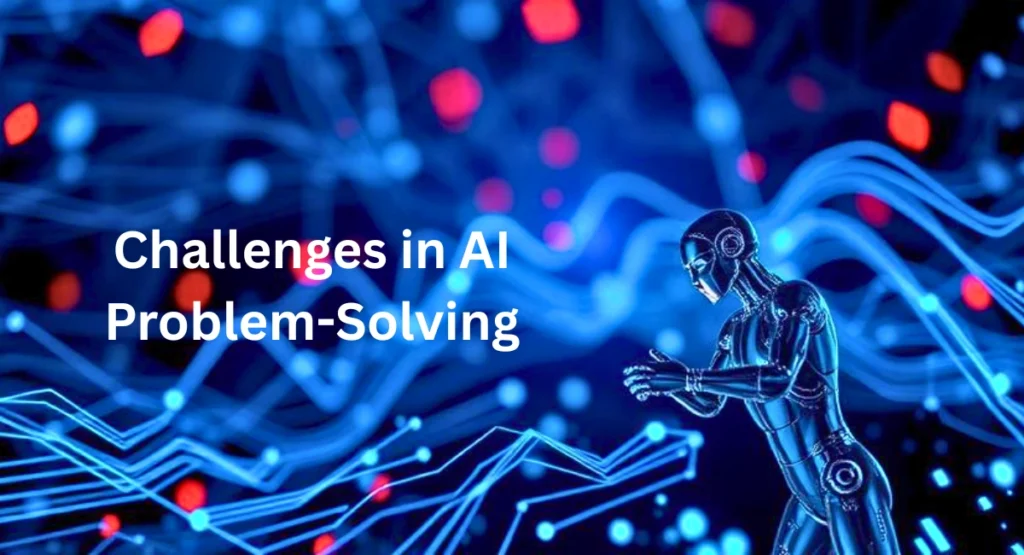
Ambiguous or Incomplete Data
- AI systems often work with incomplete, noisy, or inaccurate information, which may lead to inaccurate conclusions or reduce performance in complex situations.
Bias and Fairness in Decision Making
- Other than that, AI models can take biases from training data, resulting in inaccurate outcomes. For this, ensuring fairness and transparency is important, particularly in sensitive niches like hiring or law enforcement.
Computational Complexity
- Meanwhile, solving complex real-world issues often consists of wide data sets and complicated models. These demand high computational power, which can slow down processing and require significant resources.
Ethical Considerations
- Implementing ethical AI is important as AI is involved in autonomous decision systems. This also highlights the concerns around accountability, consent, and unintended consequences, which need to be addressed for sure.
Future Directions in AI Problem-Solving
The future of AI problem-solving is more advanced and widespread as AI continues to make waves. Some key trends include:
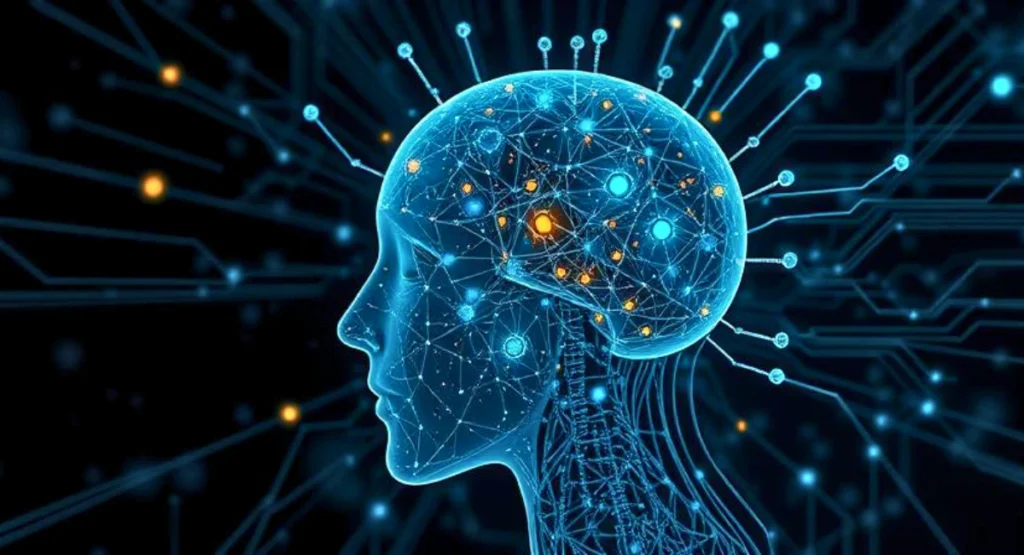
Hybrid AI: Symbolic + Neural Approaches
- Linking logic-based systems with neural networks allows AI to think, learn, and explain, making it more interpretable and adaptable.
Self-Improving Agents
- The future is of self-improving agents where reinforcement learning enables AI to learn from feedback and change strategies over time. It also results in more autonomous and quicker problem-solving agents.
Managing Global Challenges
- In the future, AI will continue to make waves and will be applied in major societal issues like climate modeling, accessible education, and real-time disaster prediction and response, growing its impact beyond traditional tech industries.
Conclusion
Well, problem-solving lies at the core of artificial intelligence, changing how machines think, learn, and help in solving real-world problems. From developing autonomous cars to accurate disease diagnosis and predicting financial fraud, AI’s ability to adapt, make informed decisions, and solve problems is transforming industries across the world.
Additionally, by utilizing techniques like search algorithms, machine learning, and natural language processing, AI systems are not only replicating human intelligence – they are improving it. Moreover, as we move forward, the future lies in the fusion of symbolic reasoning with neural networks, reinforcement learning, and ethical AI development.
FAQs
What is problem-solving in AI?
- AI-driven problem solving is the ability of an AI system to analyze data, reason logically, and make goal-driven decisions using algorithms.
How can AI be used to solve problems?
AI uses several techniques to solve problems, such as search algorithms, machine learning, and pattern recognition, to find quick and smart solutions.
What are the 4 main problems AI can solve?
AI can help in many problem-solving processes, such as in automated systems, data analysis, decision-making processes, and natural language understanding.
Which AI is best for problem-solving?
Generally, hybrid artificial intelligence systems that combine the power of machine learning, deep learning, and symbolic reasoning provide the most effective problem-solving capabilities.




